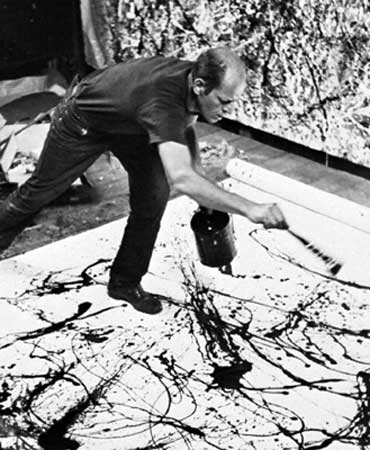Thursday, October 29, 2009
"Piano Keys"
Tuesday, October 27, 2009
Emerald Reflection

Sunday, October 25, 2009
Type Is Image

Friday, October 23, 2009
A Unified Composition

Thursday, October 22, 2009
A New Way of Thinking

Wednesday, October 14, 2009
The Future of Architects

Photo courtesy of: www.treehugger.com
When a new idea is introduced into mass marketing, the subject itself is often questioned. Why succumb to the low depths of feeding yourself mass information? There is always a catch, but usually a lesson also to be learned. Take for example modern approaches in architecture, engineering, and design. Recently, professionals in many fields have decided to “go green”. However, do we know what it means to “go green”? What is green engineering?
Many have attempted to answer this question and without fail, the varying definitions of green engineering have always come down to one strong point- sustain the environment that humans thrive off of. So, how does green engineering have anything to do with design? The very aspect of green engineering, that is, designing systems to sustain the needs of people and the environment has much to do with design. Written by architect William McDonough, Cradle to Cradle features a more non-traditional approach towards "green" and sustainable engineering. His book emphasizes the importance of creativity in ways that we can use nature as our model in designing our own sustainable systems. McDonough suggests: “in nature, waste equals food”. In other words, humans should celebrate the diversity of nature and resources we have available from it. For example, we can implement nature’s own designs by using current solar income, such as natural energy flows. Designing homes with carefully placed windows, efficient floor plans to take advantage of daylight, and architectural designs suited to the region can be taken into consideration in maximizing sustainable gain.
Carefully taking advantage of the diversity of nature and using it as a model is key in green and sustainable design. As mentioned before, sustainability is the future of architecture. Designers must move forward in order to meet the demands of today's concurrent design trends and ideology of social responsability. Here is the future of architects: design by green and sustainable standards.
Live in the Future of Architecture Now
 -courtesy of Sustainable Homes, Jacobo Krauel
-courtesy of Sustainable Homes, Jacobo Krauel"The Significance of Nothingness"

Paula Scher

Venture to Pence Gallery

I recently meandered around the Pence Gallery in downtown davis. From the two story building there were many pieces of artwork that were beautiful, but only one actually caught my attention enough to stop me from my mindless wandering. The piece was called Karen (Black Bile) by Leslie Shows. The picture honestly looked like what was the beginning of a black tornado with incredibly dark coloration dead center of the swirled structure. The saliency of the piece was the cut out magazine pictures scattered within the swirl and compiled at the bottom of the painting. There is an interesting mixture of form- this black bile, non-representational cloud with representational art in the form of tangible products that we see in day to day life, i.e a bottle of clorox and piles of clothing commenting on the cluttering nature of humans in general.
The beauty in this piece lies in the juxtaposition between the use of non-representational and representational subjects. Without the representational art forms, we may think that the Black Bile is just some random ominous cloud without a purpose. However, with the added pieces of day-to-day objects thrown in and around the cloud, falling to the bottom, Shows’ art raises questions about ethics. How so? Originally meant “the search for the good life”, ethics, in practice, means “the pursuit of morally correct behavior and recognition of the impact of our actions”. The meaning of ethics raises even more questions based on how we live and how our decisions and actions impact our surroundings. Karen (Black Bile) highlights awareness about human impact on the environment and society in general. A good thing? Highly unlikely since there cut-outs of trash, junk food, harsh chemicals, skulls (indicating death), and other recognizable images cluttered and scattered about the canvas.
The social commentary on how humans are filling their bodies and lives with garbage and bleeding out onto the planet, is a silent, yet highly significant protest. The use of a non-representational black cloud against colorful cut-out images is a clever juxtaposition- humans are interesting creatures that like to color their world with consumerism only to end up cluttering their lives and inadvertently destroy their natural habitat. Show definitely raises questions of ethics and social responsibility: the lack of care and negligence to our body and habitat- where has this led us?

